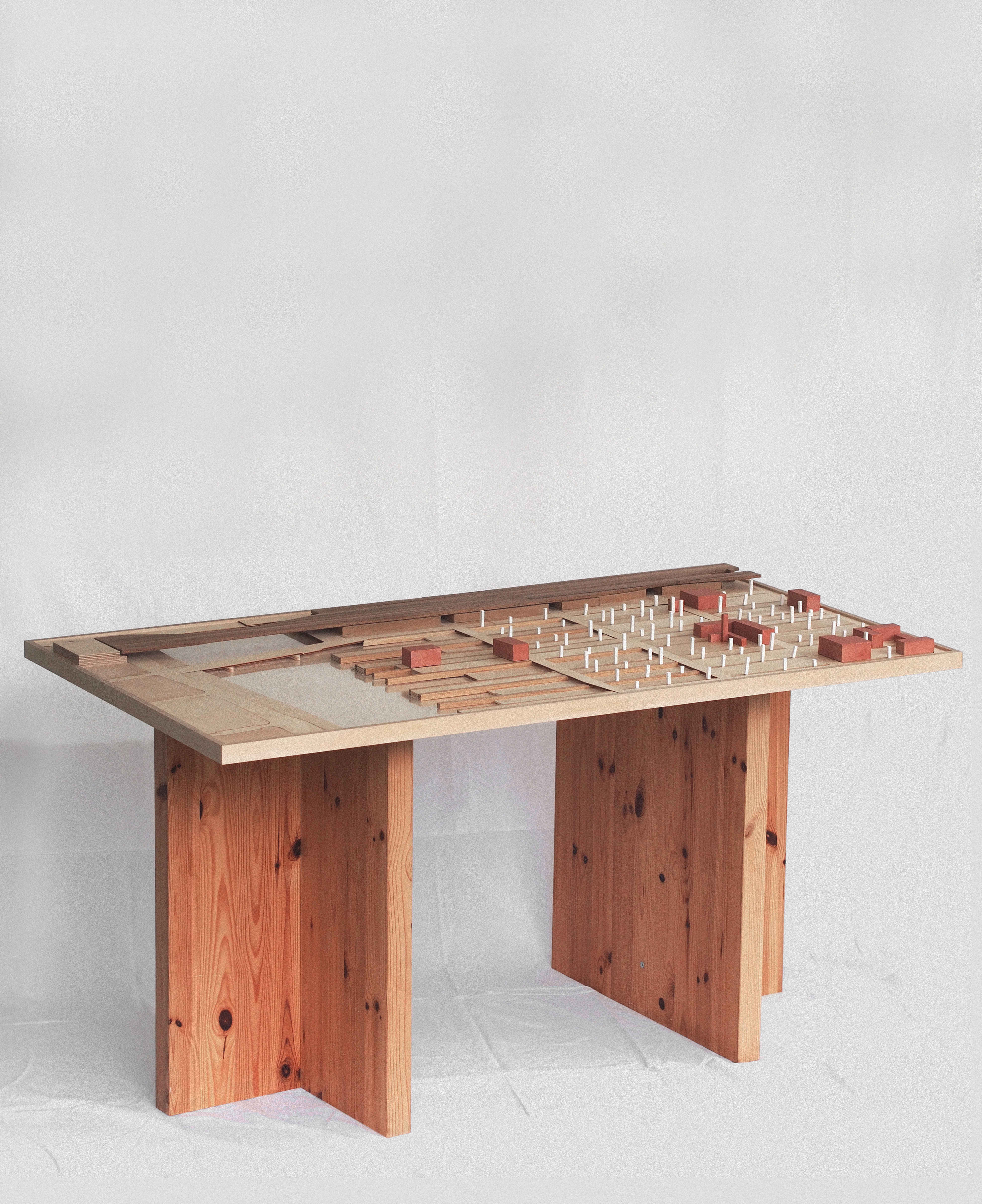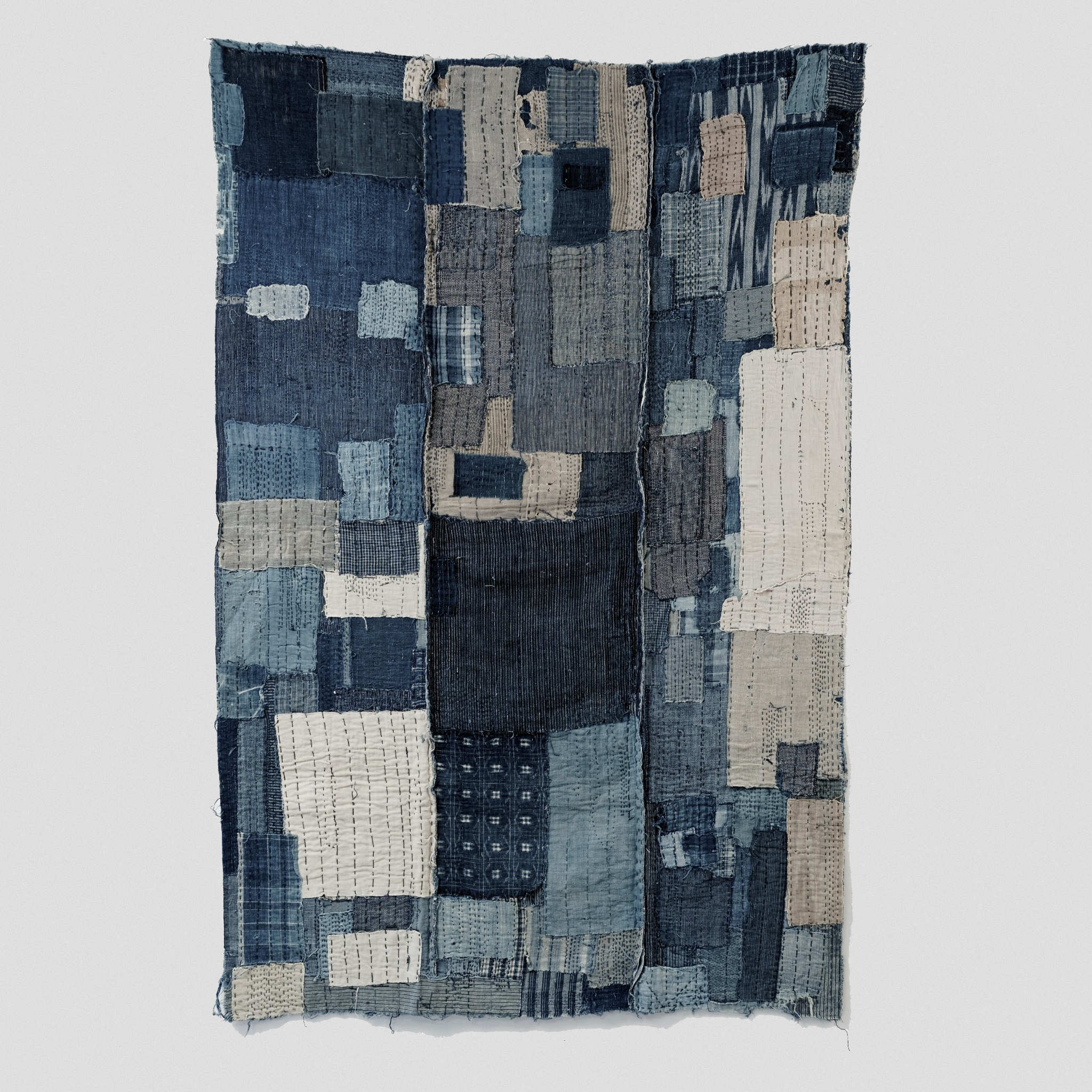





Productive Landscapes
A reimagining of the Tradston area of Glasgow with a methodology of incremental building, embracing flux as a way of tackling the vacant and derelict brown field sites which litter the city of Glasgow.
Derived from the Japanese boroboro, meaning something tattered or repaired, boro refers to the practice of reworking and repairing textiles the garments might be handed down through many generations of rural families. Working with the materials available there is a layering quality to the garments each piece of cotton speaks of a different history and use. The sum is greater than the whole. The Urban Landscape can be seen in the same way, a congregation of elements which are stitched together with infrastructure - the more these elements are reworked and mended then the richer the resulting urban fabric is.
Production in the landscape can also have this effect, beauty is created from productive labour and this is also reflected in the historic field patterns in Tradeston in the 1770’s when the land was worked and eventually resulting in the urban seen today. The landscape is permanently in flux, ever-changing. This is what brings the richness to the urban fabric.
Derived from the Japanese boroboro, meaning something tattered or repaired, boro refers to the practice of reworking and repairing textiles the garments might be handed down through many generations of rural families. Working with the materials available there is a layering quality to the garments each piece of cotton speaks of a different history and use. The sum is greater than the whole. The Urban Landscape can be seen in the same way, a congregation of elements which are stitched together with infrastructure - the more these elements are reworked and mended then the richer the resulting urban fabric is.
Production in the landscape can also have this effect, beauty is created from productive labour and this is also reflected in the historic field patterns in Tradeston in the 1770’s when the land was worked and eventually resulting in the urban seen today. The landscape is permanently in flux, ever-changing. This is what brings the richness to the urban fabric.
Glasgow is a city built for 1 million people, however, it only has a population of 600,000. This has resulted in large areas of derelict and vacant land across the city which results in a very fragmented urban form. This city form is the result of the current way we develop our cities. Land is seen as a commodity to invest in and so large amounts of global money invests in land and builds an object building, seeing the building as an end product. This way of development is based on a fluctuating market of boom and bust which in turn creates an unsustainable way of developing cities and results in the large areas of brownfield sites we see.
We should see building as a process, something that evolves over time and repairs the city at large in incremental steps. We should focus on the infrastructure surrounding the buildings rather than the buildings themselves. As if we are able to sustain and facilitate buildings the this gives the opportunity for slow gradual urban development rather than the shot sited rapid urban growth we see today.
We should see building as a process, something that evolves over time and repairs the city at large in incremental steps. We should focus on the infrastructure surrounding the buildings rather than the buildings themselves. As if we are able to sustain and facilitate buildings the this gives the opportunity for slow gradual urban development rather than the shot sited rapid urban growth we see today.


